
When the children of key workers wanted to create a hospital ward to treat patients with coronavirus, the idea was embraced by staff at Poppies Daycare in Perham Down, Wiltshire.
The nursery group has kept one of its three nurseries open to care for 19 children of key workers, many of whom work for the NHS and military. ‘We felt that it was vital our children could role-play this critical time in their lives to support them in understanding their own emotions, especially as one frontline worker reported that her child was worried about his mum “working with all the poorly people”,’ says managing director Elaine Harrison.
Doctors and nurses role play is an area that the children will often turn to, but this time their explorations lasted for around two weeks as they spoke about coronavirus, explored what happens in hospitals and acted out caring for people. Parents commented on how their children were excited to go to nursery to play in the hospital ward.
‘I think they were especially excited because they helped to turn a whole room into a hospital ward, which the children named the Covid-19 Ward – it wouldn’t have been my choice of name, but it showed how much knowledge they had gained,’ says Elaine.
‘I think they were particularly inspired to role-play doctors and nurses because they have seen and heard so much about them recently. They go out and see their neighbours clapping for the NHS and other key workers every Thursday and have seen these people being put on a pedestal, including some of their parents, and they aspire to be like them.’
MASKS ON
‘Replaying’ events on TV and in the real world
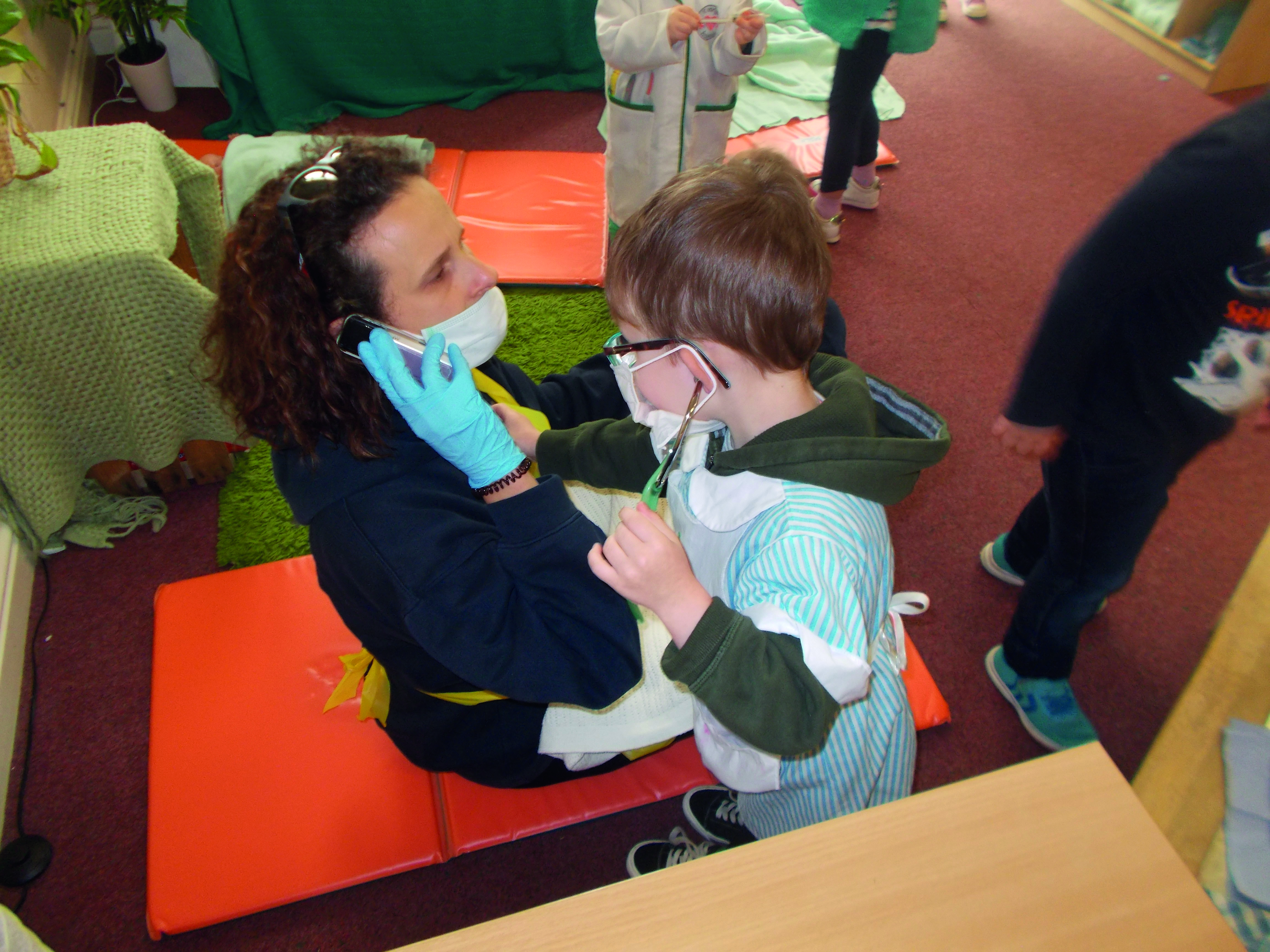 The children made up hospital beds in the room with mats and blankets and used role-play resources along with real accessories such as hair nets, plastic aprons and gloves, and medical equipment including thermometers and stethoscopes. An anonymous donor dropped off face masks they had kindly made for the children, which they also introduced into their role play.
The children made up hospital beds in the room with mats and blankets and used role-play resources along with real accessories such as hair nets, plastic aprons and gloves, and medical equipment including thermometers and stethoscopes. An anonymous donor dropped off face masks they had kindly made for the children, which they also introduced into their role play.
Elaine thinks using aprons and gloves, which they do not normally use, reinforced for the children that they were playing out what they were seeing on TV and what was happening in the real world.
The children also wore role-play medical uniforms, and some picked up on the fact that while military parents were wearing their uniforms to drop off and pick up their children, the medical staff were not. This led to discussions about why they were not wearing their uniforms outside of the hospital – to minimise the risk of transferring the virus.
Some parents shared photographs of themselves wearing their doctors’ and nurses’ uniforms, face masks and visors at work so that the children could see. Elaine believes this will also help children to not be afraid when they see people wearing face masks in the street or if they have to go into a hospital themselves.
GERM-FREE
Reinforcing hygiene and hand-washing routines
The role play helped to reinforce the nursery’s stringent hygiene routines and discussion around ‘Catch it. Bin it. Kill it’. There was antibacterial gel at the entrance to the ward, which children enjoyed using as they entered before putting on their gloves, and they washed their hands after taking off their gloves.
Staff were able to talk through how to wash their hands carefully for at least 20 seconds, like a medical professional would, taking care to use soap and water and wash between their fingers.
The children also all helped to clean and tidy the hospital ward regularly in order to keep the patients safe, and talked about why it was important to do so, including looking online at information on germs.
SHARING KNOWLEDGE
Learning about their bodies and from each other
Mark-making equipment including pens, clipboards and note pads was available on the ward so that children could note down temperatures on charts, write up prescriptions and make signs for the walls.
The children loved using the stethoscopes to listen to their heartbeats. They then jumped up and down on the spot 20 times and listened again to hear the difference.
Models of the body and books on how our bodies work were also introduced so that the children could find out more. They were especially interested to learn about their lungs and how they help us to breathe.
‘There was a lot of conversation during the role play and rich language. This was between staff and children, but mostly between the children themselves. The children whose mums and dads are doctors and nurses enjoyed sharing their knowledge, and we noticed that the other children often listened intently and picked up new words.
‘The older children were also taking charge by showing the younger ones how to do things, like take temperatures and record the number,’ says Elaine.
‘Often the staff were the patients and the children enjoyed the role reversal of caring for them, taking their temperature and listening to their heartbeat.’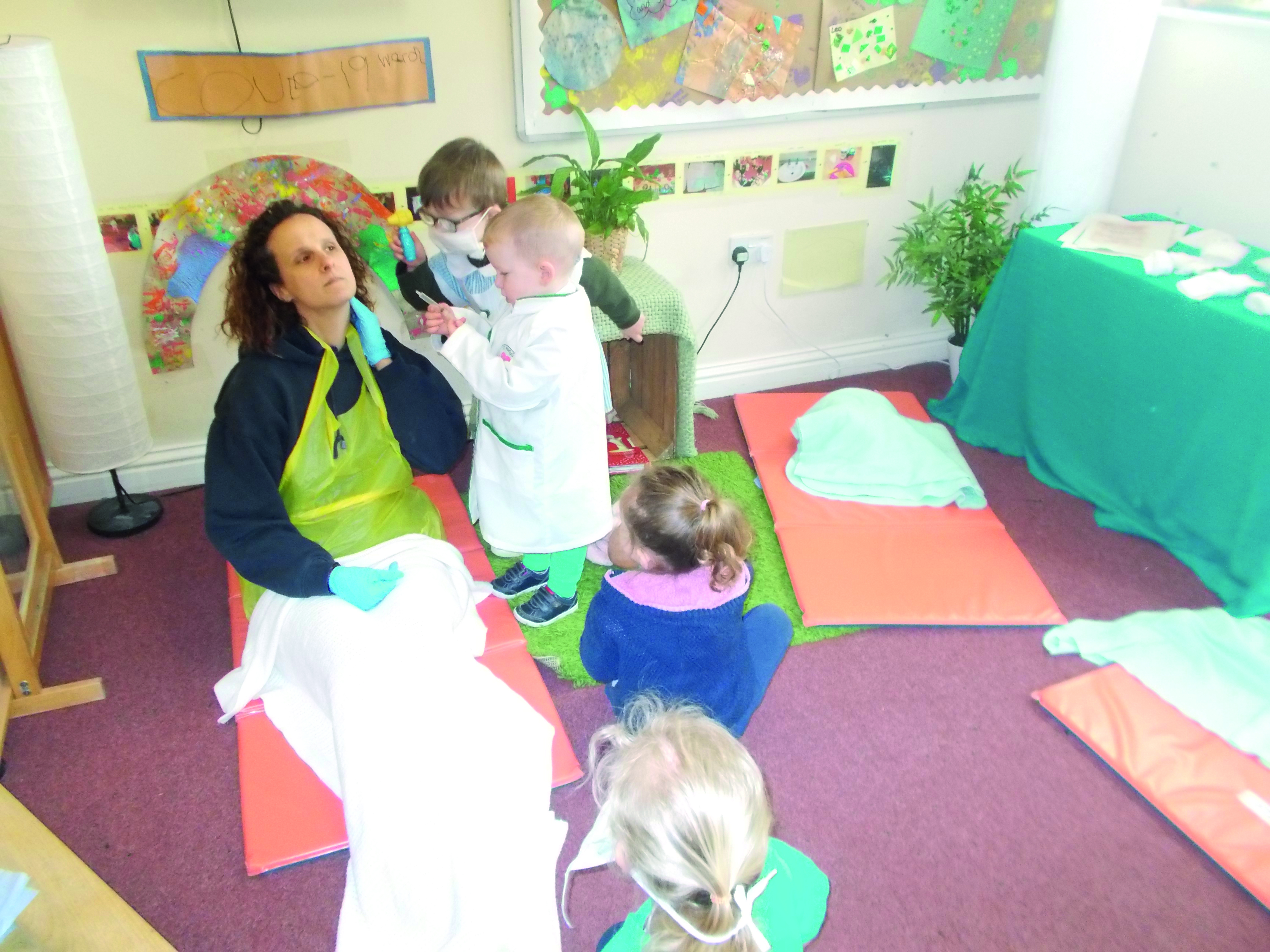
UNSETTLING TIMES
Reassuring routines and ‘being there’ for the children
Staff were conscious of how it could be a particularly unsettling time for the children with their parents potentially working longer hours and in stressful situations. Twins were also settled into the nursery during lockdown because their nursery had closed.
While reassuring routines were continued – such as mealtimes and sleep times – the nursery relaxed aspects of practice such as conducting observations and paperwork, in order to give extra attention to the children.
‘The staff were able to be really there for the children and engage in their play,’ says Elaine. ‘Creating the hospital ward made a place where they could all be comfortable and happy together.’
A SENSE OF CONTROL
How children gained reassurance and understanding
Elaine thinks the role play gave the children reassurance and a sense of control during what could be a confusing and scary time. ‘It helped them to process what was going on and give them a little more understanding,’ she says.
She adds, ‘It certainly helped to support children’s social and emotional development. One staff member told me that while she was pretending to be a patient, a child spoke to her really softly, told her not to worry and carefully patted her on the back. She was almost in tears because the child was so tender.’
BOOK CORNER
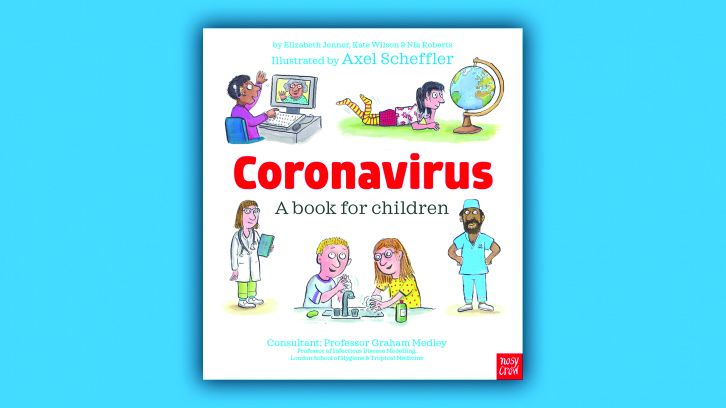 Coronavirus: A book for children by Elizabeth Jenner, Kate Wilson, Nia Roberts and Axel Scheffler
Coronavirus: A book for children by Elizabeth Jenner, Kate Wilson, Nia Roberts and Axel Scheffler
This free downloadable book from Nosy Crow explains the pandemic in a child-friendly way, including what coronavirus is, how you can catch it and what happens if you do. Download at https://axelscheffler.com/books-for-older-children/coronavirus
 What is Social Distancing? A children’s guide by Lindsey Coker Luckey
What is Social Distancing? A children’s guide by Lindsey Coker Luckey
This book aims to dispel some of the confusion caused by lockdown, explains why it is important to stay at home and what coronavirus is, and provides general information on germs and how to stay safe.
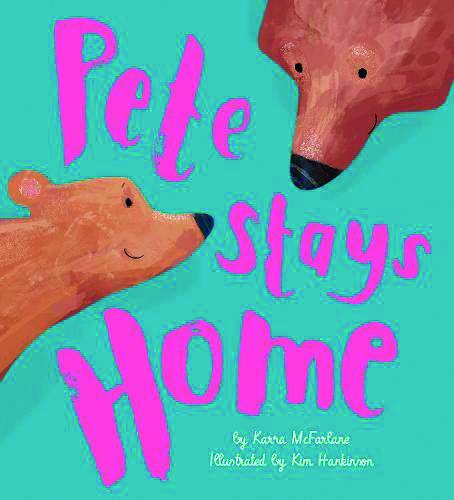 Pete Stays Home by Karra McFarlane and Kim Hankinson
Pete Stays Home by Karra McFarlane and Kim Hankinson
This simple book about a bear who must stay in his cave for the winter aims to enable children to discuss any fears they may have about the current pandemic and reassure them that life will return to normal again.
 Little Unicorn Stuck at Home by Melissa Spencer
Little Unicorn Stuck at Home by Melissa Spencer
Twinkle the little unicorn misses playing outside with her friends and feels miserable, until she looks out of the window…
See Inside Your Body by Katie Daynes and Colin King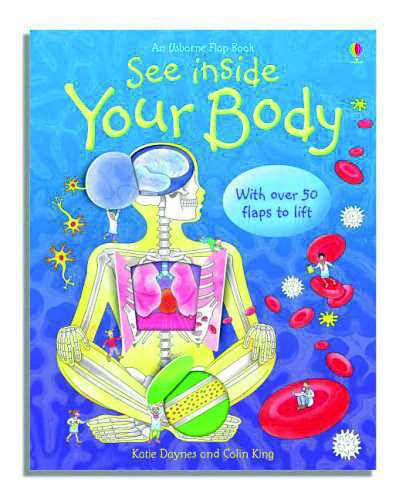
Discover the inner workings of the human body with this lift-the-flap book which includes colourful illustrations and lots of informative text.

Knowledge Encyclopedia Human Body! By DK
See how the human body looks through strikingly realistic pictures and learn how it works with fascinating facts and figures.









